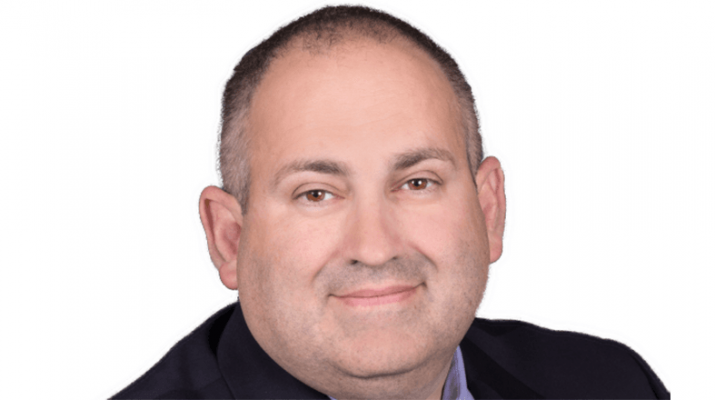CEO of Helio Health talks about expansion of behavioral health agency, recent merger
By Payne Horning
Helio Health and Central New York Services, two of the region’s largest nonprofits agencies that work with people struggling with substance abuse and mental health disorders, are merging. The agencies will operate under the Helio Health name with a $70 million budget and 729 employees.
We spoke with Helio Health president and CEO Jeremy Klemanski, who will retain his leadership position at the newly merged agency.
1. How did the idea for the merger originate?
The CEOs of the respective organizations have discussed the opportunities for collaboration going back a few years. In 2018 those discussions became more serious as each organization examined its strategic intent, and the changing landscape of the behavioral health sector of healthcare.
2. The decision was made that the two agencies would operate as one under the Helio Health name. Why?
Helio Health is the larger of the two organizations and had recently gone through an extensive discovery and research project led by Mower to develop a brand that appealed to the people we serve. One of the issues identified in that research was the limitation of a name tied to a specific geography when we serve people outside of that region [the agency was formerly known as Syracuse Behavioral Health]. The name Helio Health reflects our mission to be the patient-centric innovative bright spot on the recovery landscape. Helio Health is dedicated to transforming the lives of those struggling with substance use and mental health disorders and be a place where hope meets healing.
3. How will the merger change the care that those who are currently served by Helio Health or Central New York Services receive now?
The merger will not change the care that people currently served will experience except that over time the team will have a deeper bench of talent to draw from. The scale of the organizations allows for increased investments in technology and best practice research and training for the staff over time.
4. Will combining resources lead to any growth in the number of people you are able to serve that you could not reach independently?
Yes, the combined resources of the two organizations will facilitate greater access to care by improving communication and collaboration over time.
5. Your agencies say this will create a more integrated behavioral health care network for the region. How so?
Currently many patients who experience substance use health or mental health that require care access different services with different organizations which inevitably leads to less coordinated care. We are trying to reduce barriers by integrating care systems and access to services. For example, right now we share common patients and residents whose records are in different systems and, while we can access those records through data exchanges, that isn’t as seamless as a unified record updated in real time. Training and education are critical to keeping up with the rapidly evolving research on best practices in our sector, and we can leverage the scale of the organization to bring more of that to our colleagues.
6. What are the major issues facing those who work in behavioral health right now, both in Central New York and beyond?
The major issues facing people who work in behavioral health right now are the daily stress of the opiate epidemic, patient suicide, the rising number of people seeking care without a corresponding increase in rates or funding, increasing regulatory complexity, and inadequate numbers of qualified health professionals across the larger health sector straining the existing workforce.
7. What is the timeline for the merger?
The organizations are operating under a shared services agreement currently that allows the sharing of some administrative and support functions as we work to earn regulatory approval from multiple state oversight authorities. We would hope to have the merger completed by Jan. 1, 2020, but that is highly dependent on government approvals.

